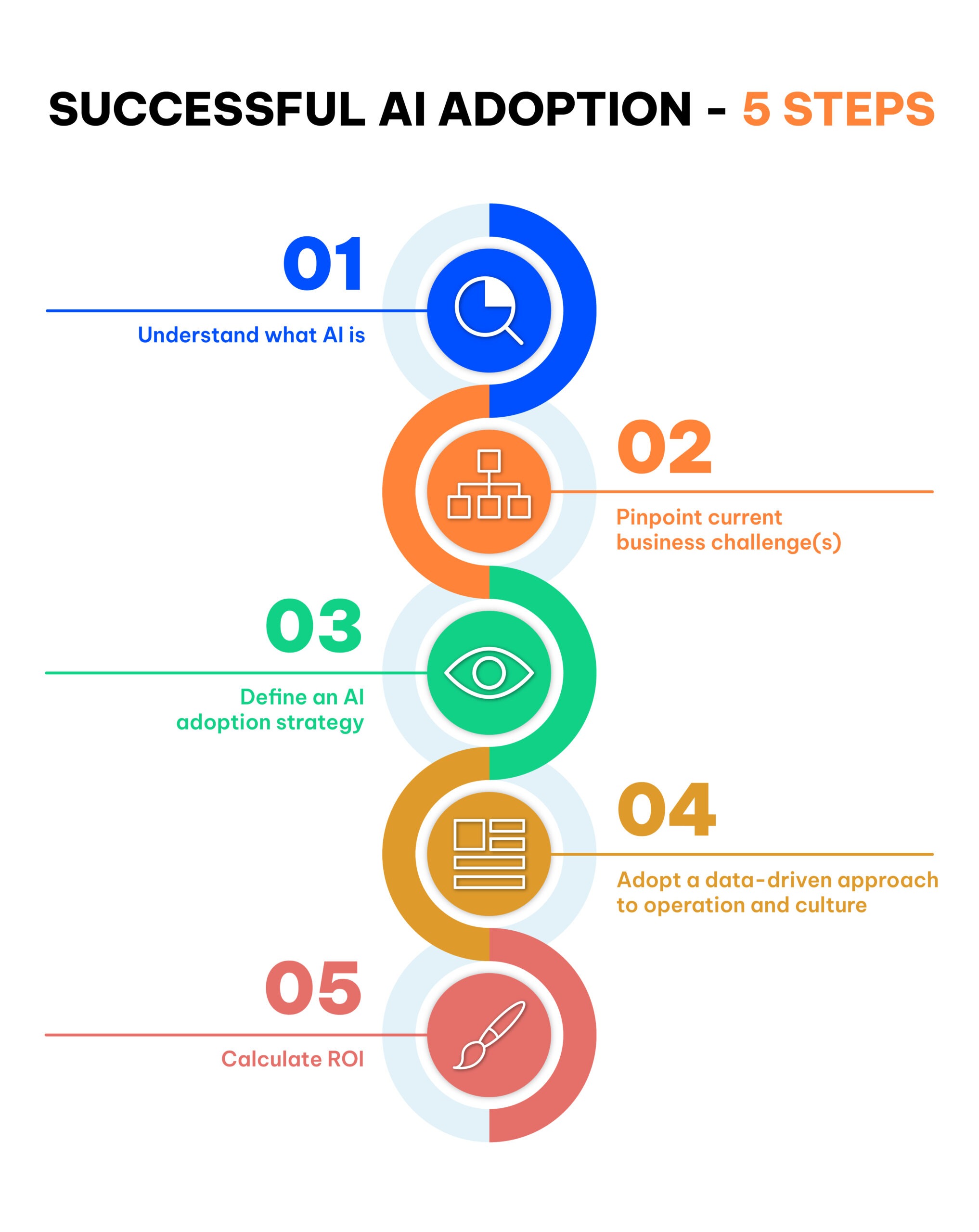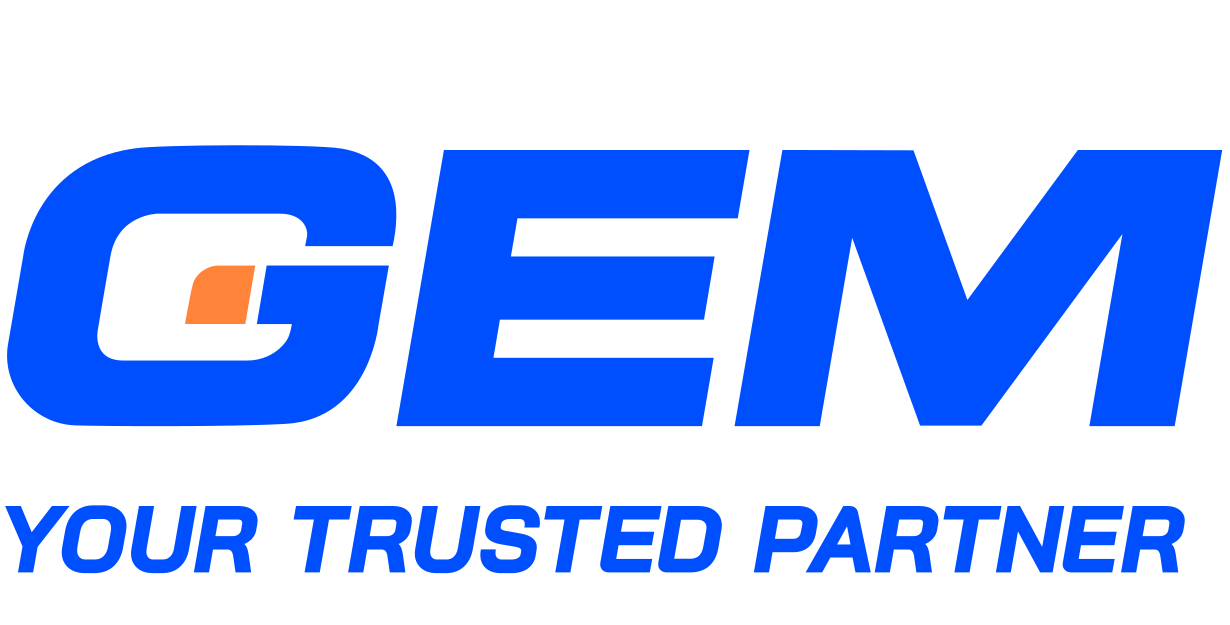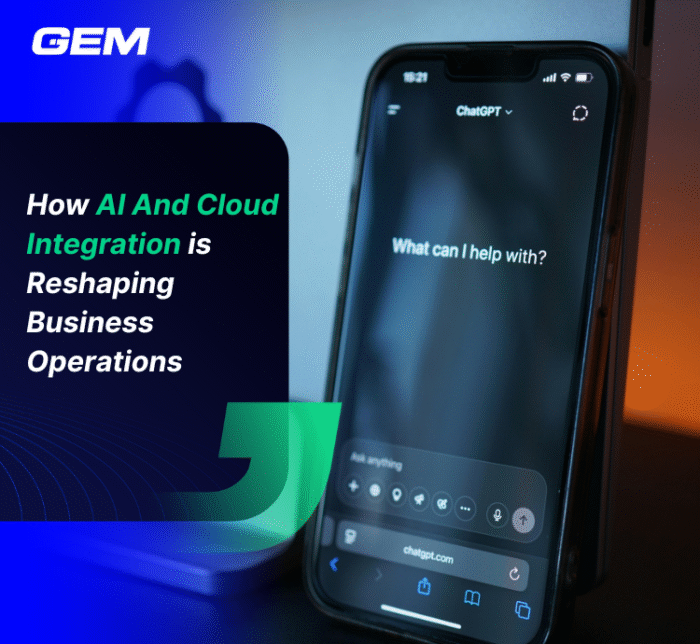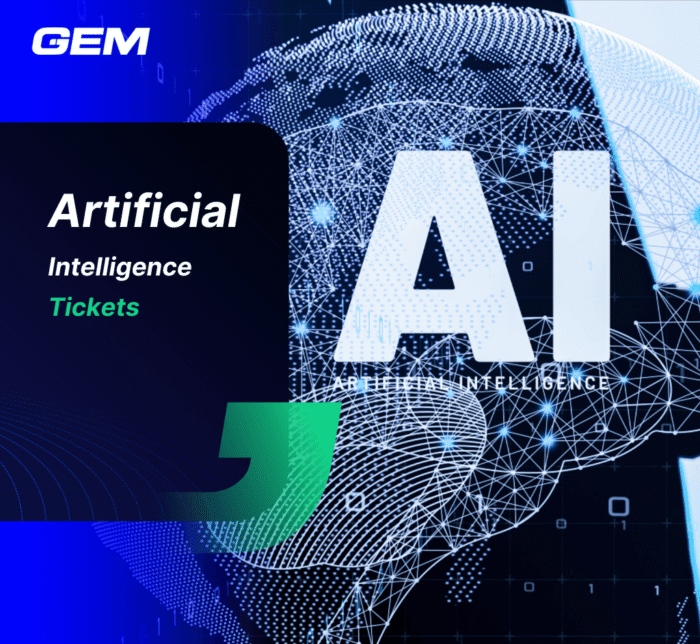Contents
For years, AI has established itself as a powerful tool for business across industries. With a myriad of real-life applications, it has accelerated automation and enhanced the customer experience, helping companies create a competitive edge.
However, not all businesses are skilled AI adopters. If not done correctly, AI adoption can waste resources without solving the tasks assigned to it.

So how can companies create a successful AI adoption strategy? This article will present the basic components of a business’ readiness for implementing AI solutions. Afterward, the author outlines 5 steps to create a suitable strategy for the successful implementation of AI technology.
Assessing Organizational Readiness for Successful AI Adoption
A paper by Intel reveals three aspects of AI readiness.
- Foundational
Appropriate infrastructure and interfaces for high-performance networks and storage are a prerequisite for successful AI adoption. A few key factors include high computing capacity, increased and scalable storage capacity, high-bandwidth and low-latency networks, and strict data security regulations.
- Operational
Successful AI adoption’s sustainability comes with proper management and governance mechanisms.
Delloite noted that the spectrum of AI governance capabilities combines traditional practices – such as policy and accountability – and new AI-inspired ones such as bias testing and ethics reviews.

- Transformational
Transformational readiness means a business’ ability to best harness the potential of AI adoption. In other words, it is how receptive it is to AI. This aspect of AI readiness is fostered by leaders’ awareness of AI as a growth driver, a clear understanding of business challenges, and sufficient AI comprehension and acceptance of front-line staff.
The first step of successful AI adoption is foundational readiness, then operational readiness and transformational readiness drive the process forward.
Action plan for successful AI adoption
After learning about the necessary premise for successful AI Adoption, how can this vision be manifested into action plans?
Below are the 5 steps to take after the initial research phase:

Step 1: Understand what AI is
With all the available resources, business owners and senior executives can obtain a clear understanding of AI, its paradigm, and practical use cases. This knowledge helps them identify what values their business can derive from AI Adoption.
But another important question of successful AI adoption comes to mind: What AI is not?
Forbes has summed it up as:
- AI is not automation. A lot of automation systems can be manually configured to carry out mundane and repetitive tasks. However, AI systems are more sophisticated than that. They are independently adaptive – meaning they learn as they go without the need to be constantly monitored. They do not just execute tasks – AI mimics human intelligence to decide.
- It is not the magic pill to solve all business challenges. AI can not make wonders on its own without quality databases and, most importantly, informed leadership.
Step 2: Pinpoint current business challenge(s)
Before deciding to invest in an AI project, business leaders must determine what the ultimate goal is – do they want to improve an aspect of customer service, or do they want to automate labor-intensive tasks? Many executives are aware of the significance of successful AI adoption, yet without a thorough understanding of their pain points, they may not fully figure out how to leverage it.

Pinpointing the current challenges helps businesses determine a lot of vital factors when they move on to the next part: tailoring an AI adoption strategy.
Step 3: Define an AI adoption strategy
In this step, senior executives need to outline the answer to the following questions:
- In which areas can they expect short-term benefits? In which areas will the benefits come slower?
- Which experts will be involved to ensure an accurate approach and successful AI adoption? Are they going to be in-house professionals or outsourced consultants?

The recommended approach to building an AI adoption strategy is characterized by a long-term vision and extensive and affordable tested prototypes. In addition, businesses should start with pilot projects that solve smaller, specific business problems. After they have gained initial success, they can experiment with solutions for bigger and more complex problems.
Step 4: Adopt a data-driven approach to operation and culture
Forbes compares the relationship between successful AI adoption and data excellence to that between an engine and fuel. Therefore, data excellence is essential for the success of AI strategies. In addition, since AI will be integrated into processes, its implementation must be accompanied by new operational models.

How can we create a data-driven operation and working culture? Be conscious about data labeling to ensure uniform storage and keep track of data growth, so that the AI strategy is not just established – it must grow with the business as well.
Step 5: Calculate ROI
CIOs should design strategies to measure the ROI of AI implementation, hence understanding the impact it has on the company’s performance. Therefore, this step is the premise for successful AI adoption and future improvements.
There are several factors to keep in mind when ROI is calculated. A few examples are hidden costs and the accuracy of reports and data.
Closing remarks
As the next era of business growth is likely to be data-driven, AI will be a key assistant for companies and organizations. Building a successful AI adoption strategy calls for extensive efforts from both managers and executives, but it ensures a smooth transition from legacy systems to next-generation AI-powered automation.
Looking for an IT partner that you help you achieve AI-powered success?
GEM Corporation takes pride in our proven AI capabilities with 100+ AI-related projects, helping businesses in logistics, healthcare, manufacturing, retail, and more unlock new revenue streams and opportunities.
Share your contact information below and let’s see how we can support your AI journey.






